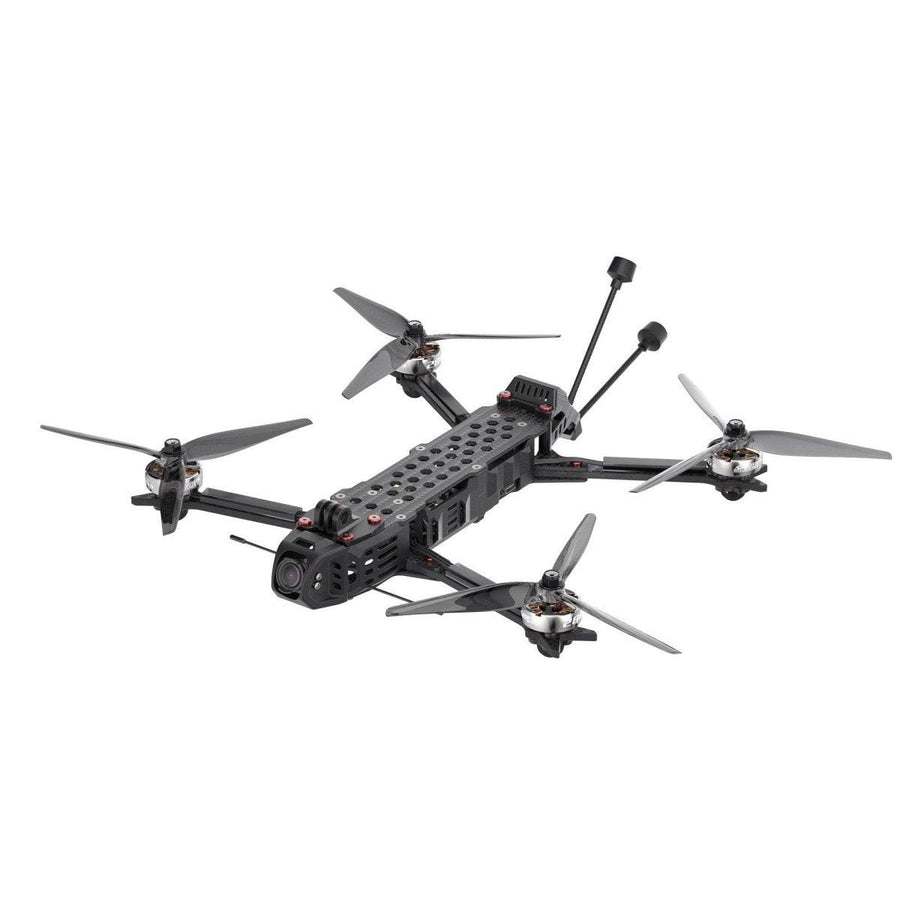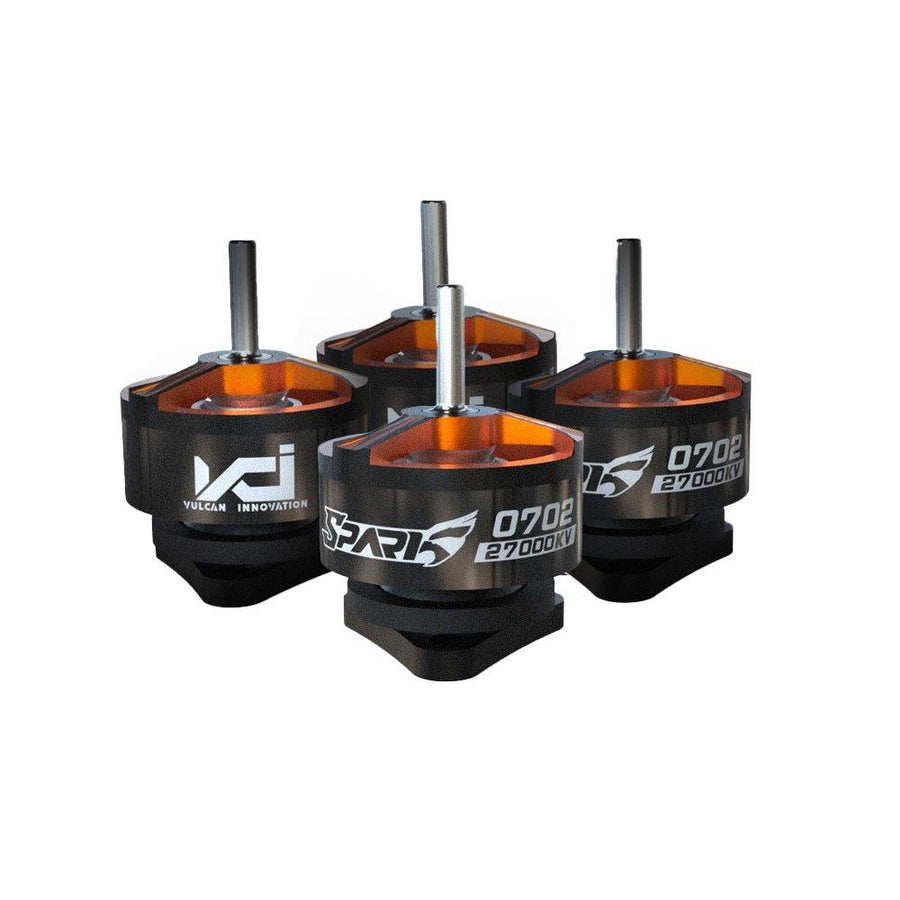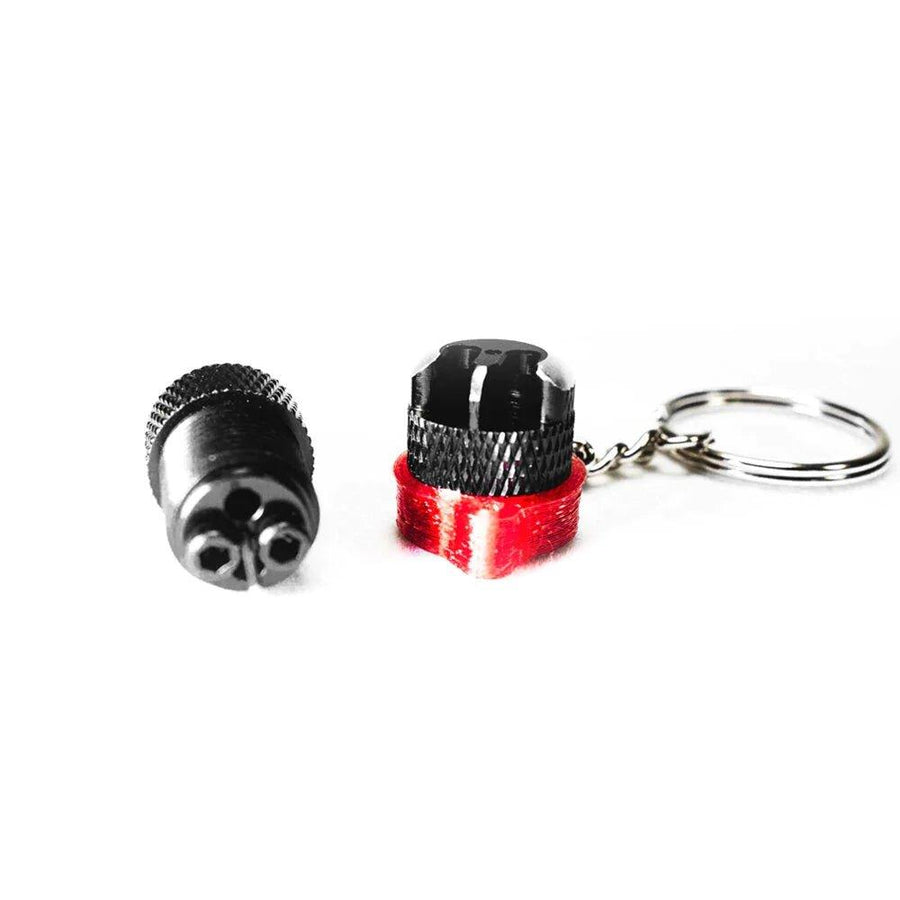Exploring the World of 8S FPV Drones in 2023
The landscape of FPV drones is constantly evolving, and one of the latest trends captivating enthusiasts is the move towards higher battery cell counts. While 4S and 6S batteries have had their moments of glory, the buzz now revolves around an even more powerful voltage - 8S. If you're curious about this new development, you're not alone. In this article, we'll delve into the reasons behind the rise of 8S batteries, examining their advantages and disadvantages, and helping you decide if building an 8S drone is worth considering in 2023.
The Power Behind 8S
Before we dive in, let's clarify what we mean by 8S. This term refers to the number of cells in a LiPo battery, which determines its voltage. If you want to brush up on the basics, take a look at our comprehensive LiPo battery tutorial.
Advantages of Amped-Up Voltages
Why are higher voltages gaining popularity in the FPV drone community? Well, using increased voltage to power our drones brings a range of benefits, which explains why 6S has overtaken 4S as the go-to option for 5" FPV drones. We previously explored the advantages of transitioning from 4S to 6S in this informative article.
Essentially, higher voltage allows you to achieve the same amount of power at a lower current. This translates into less heat generated across your entire setup, from the battery and connectors to the wires, ESC, and motors. By reducing current, you also minimize battery voltage sag, resulting in improved throttle control, responsiveness, and consistent performance throughout your flights.
The Drawbacks of Reaching New Heights
While the advantages of higher voltages are clear, it's important to consider the potential drawbacks as well. As we explained in our motor buyer's guide, Motor KV determines the motor's speed in RPM per volt applied. To achieve the same RPM, you'll need lower KV motors when using higher cell count batteries.
Creating lower KV motors involves increasing the number of wire turns around the stator, which can impact cooling performance. When transitioning to 8S, the additional motor stator windings may not pose a significant cooling issue compared to 6S, especially when considering the benefits of lower current and increased efficiency. However, higher voltages such as 12S or 16S could potentially present cooling challenges that require further testing to fully understand.
Currently, 8S batteries are still relatively rare, and if you manage to find them, they often come with a higher price tag compared to 6S batteries. Additionally, they tend to be bulkier, adding weight to your drone and increasing the risk of battery ejection and damage during crashes.
Furthermore, compatibility becomes an issue when it comes to FPV drone components. Most components, like FC and VTX, are designed with 6S in mind and may not have undergone sufficient testing for 8S compatibility, potentially leading to failures. If your components are incompatible, you may need to invest in a voltage regulator to power your electronics properly.
It's also crucial to closely monitor voltage when using 8S batteries. Due to their performance characteristics, the degradation of power output is not as noticeable as with lower cell count batteries, making it easier to overlook and overdischarge the battery. Neglecting this can result in a sudden drone drop without ample warning.
Proceed with Caution
In conclusion, while the idea of building an 8S drone might be tempting, it's advisable to exercise caution for now. This project is likely to be costly, requiring investments in new batteries, chargers, and limited hardware options. Durability can be a concern, given that most components have only been tested for 6S, with comprehensive testing for 8S still in progress.
There's no denying that 8S has the potential to deliver impressive flight performance with the right setup, boasting increased responsiveness and power on paper. However, significant challenges such as higher costs and limited hardware options need to be considered. It's important to remember that not all flying styles may benefit equally from this upgrade. As more manufacturers delve into the development and testing of 8S-compatible components, it may become a more viable choice in the future. Ultimately, your personal needs and flying style should guide your decision on whether to make the switch.









